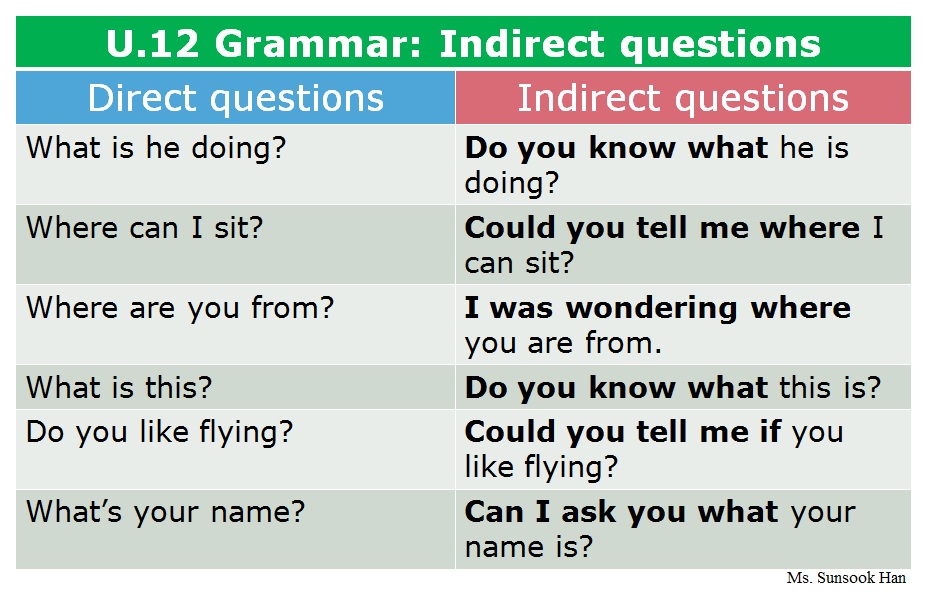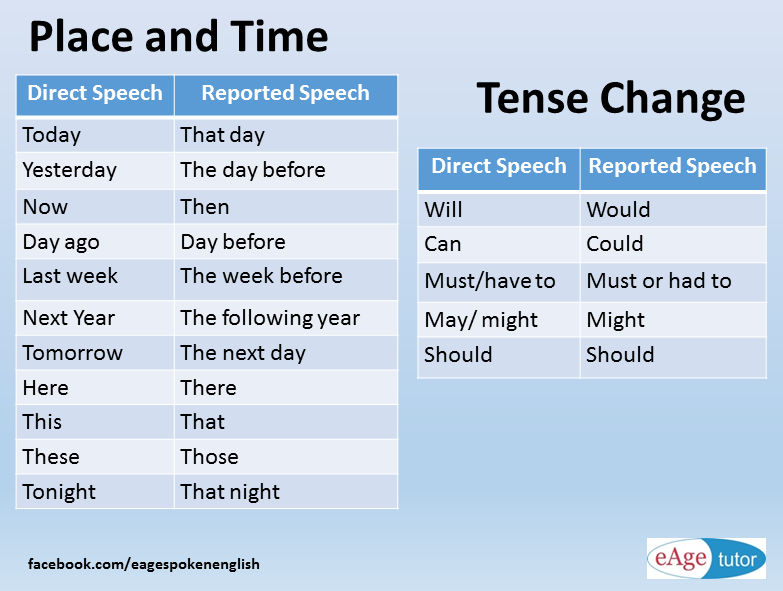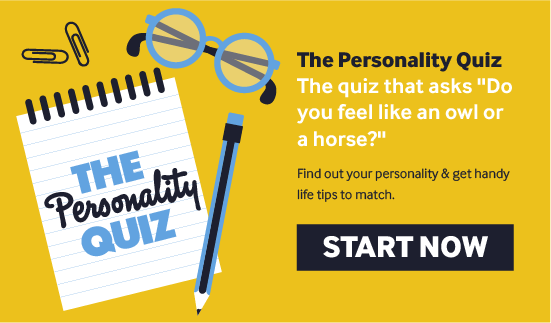A person who is both introvert and extrovert
What is an Ambivert? Are You an Introvert, Extrovert or Ambivert?
Do you think you are an ambivert? I always have struggled with the question:
“Are you an extrovert or introvert?”
Like many people, I don’t quite fit into either category. In this article and video I want to introduce you to the concept of an ambivert.
What is an ambivert? An ambivert is someone who exhibits qualities of both introversion and extroversion, and can flip into either depending on their mood, context, and goals.
Ambiverts have also been called:
- Outgoing introverts: An introvert who can be outgoing in certain situations, around certain people, or when they absolutely need to.
- Antisocial extroverts: An extrovert who needs time to recharge before socializing, or who likes to be alone more than a typical extrovert.
- Social introverts: An introvert who can dial up into extroversion when needed.
Extroversion and introversion describe how someone reacts to people. Ambiverts are flexible in how they react to people.
- In the right context, in the right mood, around the right people, ambiverts can flip up into extroversion.
- In difficult contexts, when tired or cranky, or around toxic people, ambiverts can flip down into introversion.
Here are some of the differences between extroverts, ambiverts and introverts:
Research has found that how we react to people is physiological. This study found that we judge someone’s level of extroversion or introversion immediately–often based on facial structure. For example:
We can also self-select our tendency toward extroversion. Which explanation sounds more like you?
- I am drawn to people; I get energy from social gatherings, and am fairly outgoing. (Extrovert)
- It’s draining to be around lots of people. I prefer peace, solitude, and quiet time. I usually crave alone time in my free time.
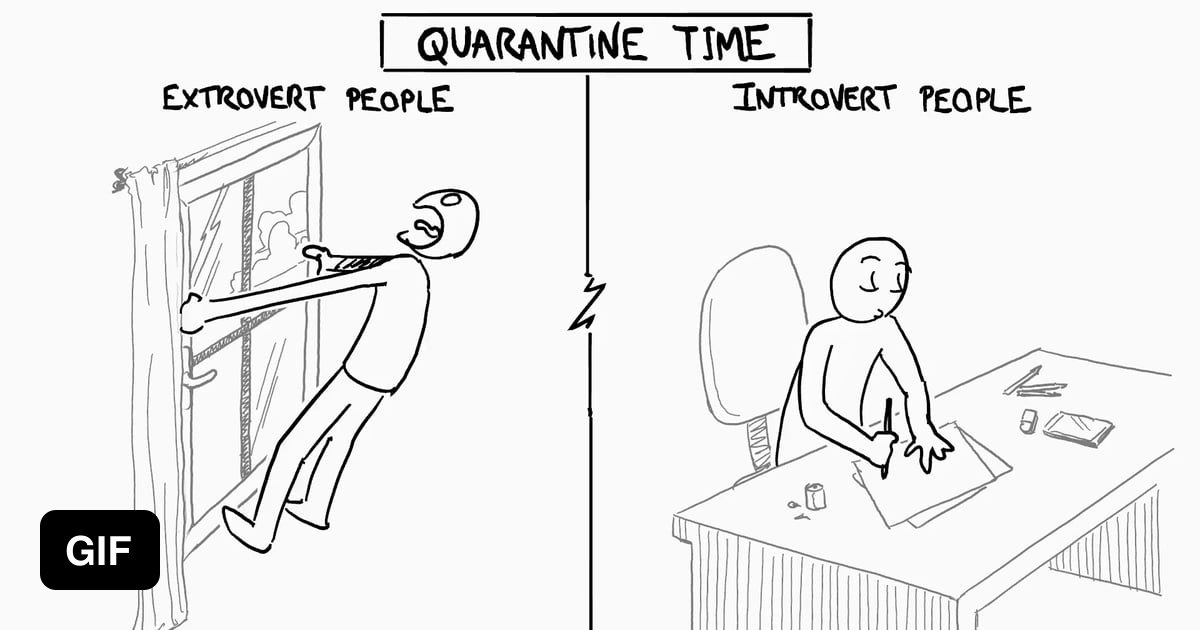 (Introvert)
(Introvert) - It depends. (Ambivert)
I will use the terms as labels for the sake of the article, but let’s get one thing straight:
Ambiversion Is Not a Label, It’s a Spectrum
Instead of thinking about extroversion or introversion as labels, let’s use an extroversion spectrum:
When I talk about the Big 5 Personality Traits, I explain the extroversion scale. You can rank low, high, or medium. People who fall in the middle of the spectrum are called ambiverts.
↑ Table of Contents ↑
Why Ambiverts Are Amazing
Many people assume that extroverts are the best at sales, the best leaders, and the most successful at work—WRONG! Adam Grant, an associate professor at Wharton School of the University of Pennsylvania, analyzed 35 separate studies and found the statistical relationship between extroversion and income was basically zero.
He conducted a personality survey and collected three-month sales records for more than 300 salespeople, both male and female. The people who ranked right in the middle for extroversion and introversion–ambiverts–turned out to be the best salespeople.
The people who ranked right in the middle for extroversion and introversion–ambiverts–turned out to be the best salespeople.
“Ambiverts pulled in 24% more revenue than introverts, and a mind-boggling 32% more revenue than extroverts!”
Grant theorized that ambiverts seem to strike a balance between the two more extreme personality traits:
“The ambivert advantage stems from the tendency to be assertive and enthusiastic enough to persuade and close, but at the same time, listening carefully to customers and avoiding the appearance of being overly confident or excited,” Grant said.
Are You An Ambivert?
First, let’s find out how you rank on the scale. Do you think you might be an ambivert? Or do you know one in your life? Take the Ambivert Quiz:
Take the Quiz
↑ Table of Contents ↑
Situational Introversion
Ambiverts typically slide up and down the spectrum depending on the situation, context, and people around them. I call this situational introversion.
I call this situational introversion.
For example, certain locations make me extremely nervous and quiet—nightclubs, rooftop bars, and stereotypically ‘chic’ places make me feel super out of place. Whereas, in learning environments — such as classrooms, workshops or seminars — you can’t get me to shut up. I constantly have my hand raised, try to make friends with everyone sitting within ten feet of me, and always ask for extra credit.
If you want to master your people skills you have to build a solid foundation.
↑ Table of Contents ↑
Find Your Nourishing Locations
I split locations into three categories: Survive, Neutral, and Thrive.
Use this list of common places to find your top three thrive locations — places where you are your best self, and your top three survive locations — places where you dread going.
- Bars
- Nightclubs
- Restaurants
- House Party
- Board Rooms
- Office Meetings
- Conferences
- Coffee Shops
- Cocktail Party
- Backyard BBQ
- Networking Event
For example, here are mine:
When you know where you thrive, you can build your schedule and your time around the locations where you can be your best self.
↑ Table of Contents ↑
Find Your Nourishing People
People also can affect where we fall on the extroversion scale. Who brings out the best in you? Are there people you dread seeing? How about people you can’t get enough of?
Right now, make a list of the toxic and nourishing people in your life:
Nourishing:
Toxic:
See every person on that nourishing list? Text, email, or call them right now to get together.
See every person on that toxic list? You deserve to be around people who sustain you.
↑ Table of Contents ↑
The Ambivert Advantage
Being able to balance both extroversion and introversion is an asset. Study these associated traits, courtesy of Larry Kim:
- Flexible: Ambiverts typically can adapt to context and situations more easily.
- Stable: According to psychologist Hans Eysenck, who coined the term “ambivert” in 1947, ambiverts offer a good balance between the hypersensitivity of some introverts and the domineering attitude of some extroverts.

- Intuitive: Daniel Pink said that ambiverts “know when to speak up and when to shut up, when to inspect and when to respond, when to push and when to hold back.”
↑ Table of Contents ↑
Ambivert Problems
With all that flexibility comes some liabilities. Since ambiverts can be so flexible, they often run into a few problems:
- They love to talk to people, but want to plan it out first.
- They say yes to too many things because they aren’t sure what will work best for them.
- Their extroverted side says yes to things in the future, but then their introverted side had a hard day and no longer wants to go.
- When they’re in a bad mood…nothing sounds fun.
- They like going out only when they are in the right mood, with the right people.
- 18 more problems only ambiverts face.
Sometimes ambiverts are caught in the middle — between their desire to be extroverted and the needs of their introverted side.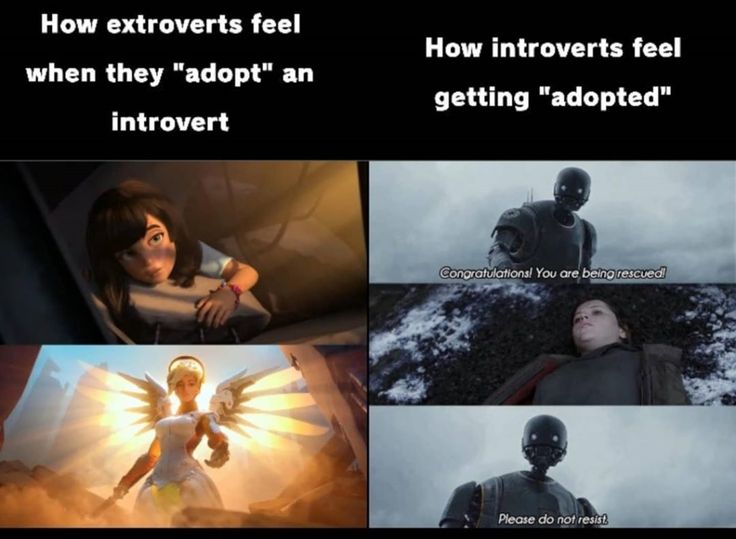
↑ Table of Contents ↑
Amplify Your Ambiversion
Now I want you to leverage your ambiversion! Here’s how:
“The ambivert advantage stems from the tendency to be assertive and enthusiastic enough to persuade and close, but at the same time, listening carefully to customers and avoiding the appearance of being overly confident or excited,” Grant said. Know when to flexibly use the traits that serve you.
I want you to take control of how you spend your time, and who you spend it with. I am giving you permission: you do not have to spend time with people who drain you, or in places that drain you.
Life is too short to spend time with toxic people in draining places!
If you have to see a toxic person—such as a family member or co-worker–use time-blocking to buffer time spent with them. If you know you’re going to see them, be sure to schedule in some recharge time for yourself before or after. You also can have an escape route or excuse ready to go if your time with them runs long.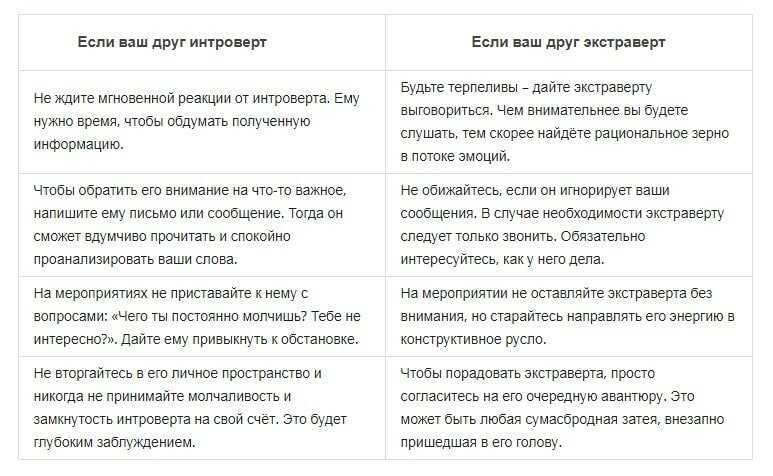 Use scheduling to your advantage by blocking out times and places that work best for your personality.
Use scheduling to your advantage by blocking out times and places that work best for your personality.
What is an ambivert?
An ambivert is someone who exhibits qualities of both introversion and extroversion, and can flip into either depending on their mood, context, and goals.
How do you pronounce ambivert?
Here’s the ambivert pronunciation: am-buh-vurt
Remember: There is no right or wrong personality type. The only right thing to do is to live, act, and address who you really are. Act on your strengths, purge toxicity, and get to know your true self.
↑ Table of Contents ↑
Master Your Personality
Whether you’re an introvert, extrovert, or ambivert, you can level up your strengths and strengthen your weaknesses. Take the flagship course in order to gain that edge:
↑ Table of Contents ↑
Master Your People Skills
Achieve your impact. Up your influence. Share your ideas with the world. People School is the only science-based interpersonal communication training for top performers.
Up your influence. Share your ideas with the world. People School is the only science-based interpersonal communication training for top performers.
Want to get to know your fellow colleagues? Read up on Introverts and Extroverts.
7 Signs You're An Ambivert, The Introvert-Extrovert Mix
What is an ambivert?
An ambivert is someone who has a balance of both introversion and extroversion, with the ability to lean more into one or the other depending on the context. For example, where introverts may prefer to listen while extroverts prefer to chat, an ambivert will likely have no trouble with either. They're flexible. An ambivert's propensity for introversion and extroversion can change depending on individual needs in any given moment or situation.
Psychiatrist Carl Jung was the first to come up with the concepts of "introvert" and "extrovert," though he didn't give a name for those in the middle of these two personality types—that was Kimball Young in the 1920s.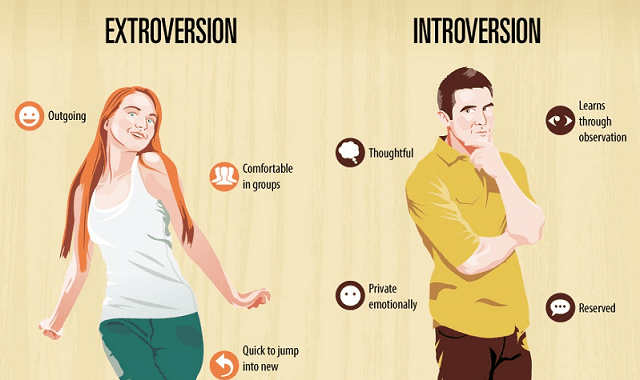
"Almost all of us are ambiverts to some degree," psychotherapist Ken Page, LCSW, tells mbg. All of us are located somewhere along the spectrum between introversion and extroversion, meaning we do have access to both sets of personality traits in varying degrees and forms. Even though you'll be assigned an "E" or "I" in your Myers-Briggs personality type, for example, everyone is actually somewhere in the middle of the spectrum.
Advertisement
This ad is displayed using third party content and we do not control its accessibility features.
Signs you may be an ambivert:
1.
Neither "introvert" nor "extrovert" feel accurate for describing your personality.
If you've always struggled to pick between these two labels, that's a good sign you might be an ambivert. Ambiverts have introvert qualities like enjoying alone time, being a good listener, and being enthralled by human's internal worlds—but they also love spending time with others, have a lot of confidence, and have great social skills like extroverts.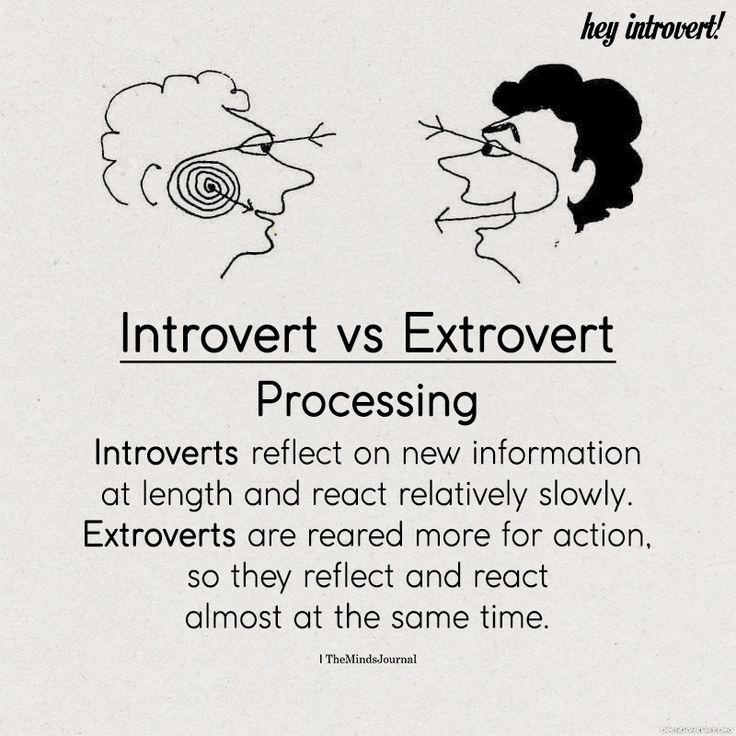
Advertisement
This ad is displayed using third party content and we do not control its accessibility features.
2.
You need your "me time" just as much as social time.
You get energized both by being around others (like extroverts) and by spending recharging time alone (like introverts). Perhaps you enjoy them both equally, or the one you enjoy the most fluctuates depending on what's going on in your life. Personalities change all the time. Perhaps you've had phases in your life when you needed a lot of alone time and periods of time when you were all about the social gatherings and social situations. It's all good stuff to you!
3.
You prefer a balance of both solo and group work.
Ambiverts are all about balance. They tend to see the value of both doing things on their own and doing things as a collective, and they prefer a mix of both.
Advertisement
This ad is displayed using third party content and we do not control its accessibility features.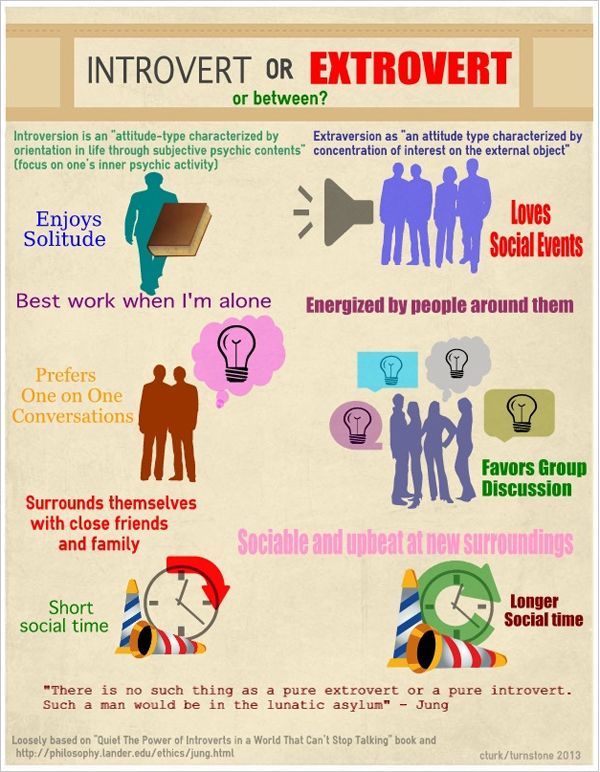
4.
Both too much alone time and too much time with others can feel draining.
Importantly, ambiversion is not the same as "anything goes." While ambiverts are flexible, they're not without needs. Often that means that lack of enough alone time or lack of enough quality time with others can feel exhausting. Again, the balance is the key.
5.
You appreciate good conversation but also value comfortable silence.
Extroverts tend to be talkers. Introverts tend to be listeners. Ambiverts can play both roles easily. They love a roaring conversation and being the life of the party, but they're not bothered when the conversation dies down or attention goes elsewhere.
Advertisement
This ad is displayed using third party content and we do not control its accessibility features.
6.
Small talk doesn't bother you, though you also love deep conversations.
Introverts are notorious for hating small talk, aka more surface-level conversations about the weather and what you did today.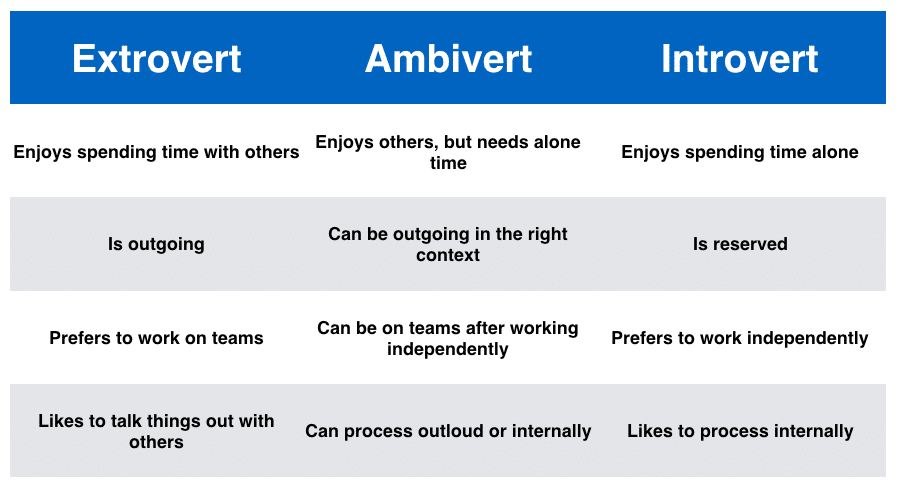 They tend to prefer getting way deeper, having long and introspective conversations. Extroverts, on the other hand, tend to be chatty and love talking about everything under the sun without discrimination. Ambiverts love it all: the small talk, the big talk, the deep stuff, and the silly stuff.
They tend to prefer getting way deeper, having long and introspective conversations. Extroverts, on the other hand, tend to be chatty and love talking about everything under the sun without discrimination. Ambiverts love it all: the small talk, the big talk, the deep stuff, and the silly stuff.
7.
You have a lot of friends and a handful of close friends.
Extroverts tend to have a whole lot of friends, whereas introverts tend to have just a handful of close friends they spend time with. Ambiverts have both: a huge extended network of friends and folks they spend time with, as well as a smaller set of close friends they're really intimate with.
Where ambiverts thrive.
"It seems that ambiverts are fantastic for sales work—there's actually data on this—because they know how to listen, but they also know how to move toward the sale and engage in that kind of way," Page notes, referencing research by organizational psychologist Adam Grant on the so-called ambivert advantage.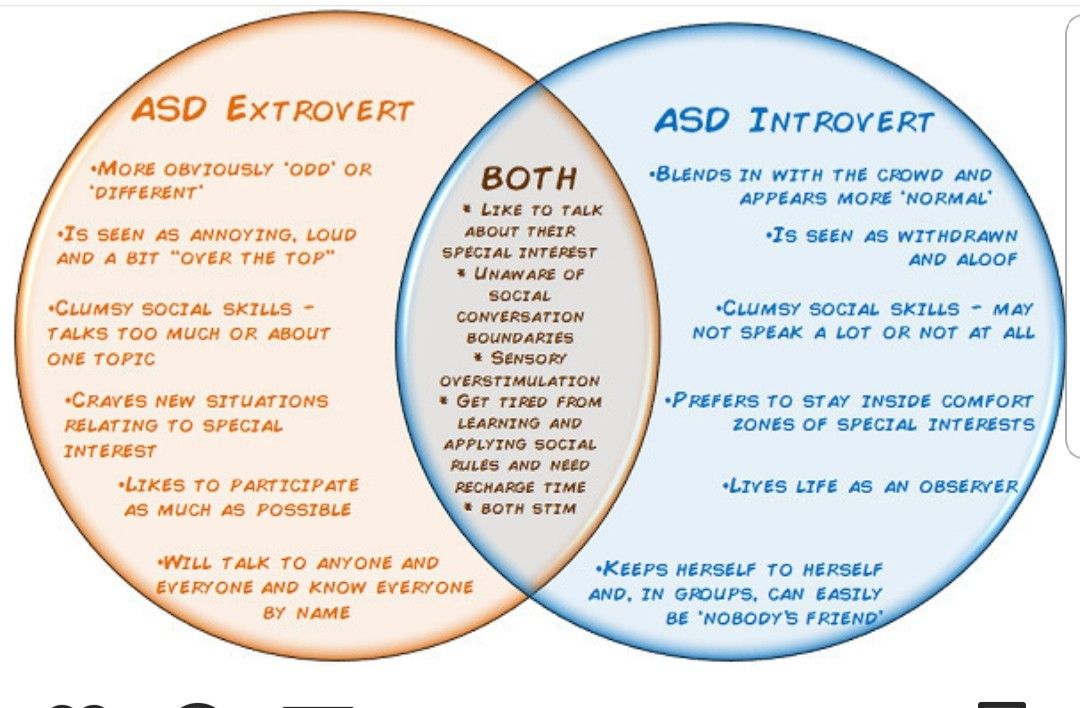 "Teachers are a good role too because you get that interpersonal connection, but it also involves planning and reflection that takes going inside. Similarly, ambiverts make good therapists because you do a lot of listening but also interacting and talking."
"Teachers are a good role too because you get that interpersonal connection, but it also involves planning and reflection that takes going inside. Similarly, ambiverts make good therapists because you do a lot of listening but also interacting and talking."
In general, a career that involved some degree of group work and collaboration, along with solo work, benefits ambiverts.
Socially, ambiverts can thrive both in social settings and by themselves. It will vary greatly depending on any given day and what you're in the mood for. As such, "finding people who give space to who you are, in our friendships and intimate relationships," is very important, according to Page. "We need to be with people who are not rubbed the wrong way by our personality and offer deep nourishment to these roots of our being."
The pros and cons of ambiversion.
While it may seem like there are only upsides to ambiversion—and there are plenty—this personality can come with its own set of challenges.
Ambiverts are very flexible and adaptable to different situations and people. They're great at knowing how to interact with different personalities because they can relate to lots of different people. Their balance of extroversion and introversion makes them less likely to experience the downsides of either, like missing out on interpersonal connections (introverts) or lacking an inner connection to themselves (extroverts).
However, this flexibility can make it difficult to pinpoint what they might want or need. Ever made plans when feeling extroverted, but then the day comes and your inner introvert pokes its head out? This is a common occurrence for ambiverts, as their mood and desires can and will change. It's a gift to have this balance, Page says, but that makes it all the more important to be connected to our feelings and what actually feels good for us in the moment. "It's a matter of following our feelings in a more subtle way," he explains.
Ambiversion requires a lot of self-awareness to honor your own feelings, whether that means reaching out to others or finding solace in our thoughts.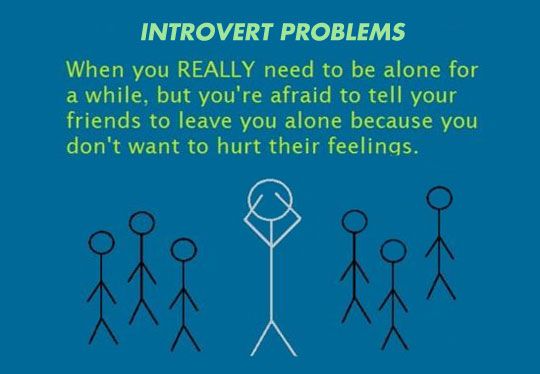 As Page explains, it's worth our while to tune into ourselves and find out what nourishes us most, regardless of where we are on the spectrum.
As Page explains, it's worth our while to tune into ourselves and find out what nourishes us most, regardless of where we are on the spectrum.
Ambivert - between introvert and extrovert | What does ambivert mean
- General characteristics of ambivert
- Ambivert temperament type
- Features of ambivert
- Characteristics and features of the ambivert
If many people have at least a general idea about extroverts and introverts, then the term ambivert is not so well known. Actually, they began to use it in psychology relatively recently, although Jung himself, who worked on the theory of extraversion and introversion, noted that there is something in between these two polar points. This is an ambivert psychotype. We propose to understand, what does this word mean and what characterizes this type of personality .
General characteristics of the ambivert
The word "ambivert" is translated from Latin as "both", which reflects the main characteristic.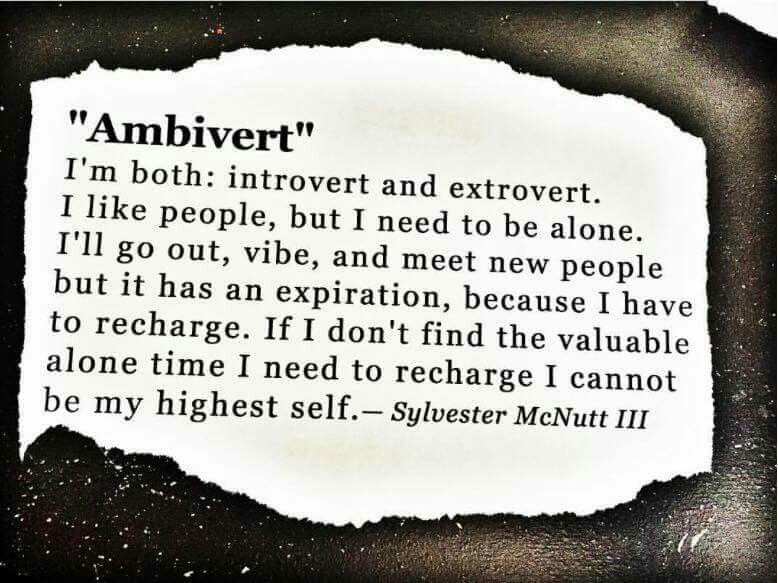 An ambivert is a person who, depending on the situation, shows the features of both an introvert and an extrovert. Usually ambiverts successfully join new/large companies, have no problems communicating even with strangers, make and maintain social contacts. nine0019
An ambivert is a person who, depending on the situation, shows the features of both an introvert and an extrovert. Usually ambiverts successfully join new/large companies, have no problems communicating even with strangers, make and maintain social contacts. nine0019
Recall that, according to Eysenck, the main difference between these psychotypes is in the way of replenishing energy: extroverts are recharged from external impressions and social contacts, and introverts - from internal emotions and the opportunity to be alone. Accordingly, the definition of "ambivert" suggests that such people can replenish energy along both vectors .
In practice, this means that they are ready to both have fun in a big company, and spend a wonderful evening with a blanket, a book and a cup of tea. While the typical introvert and typical extrovert will choose only one of these options and be dismayed by the other, to the ambivert they are both equally attractive.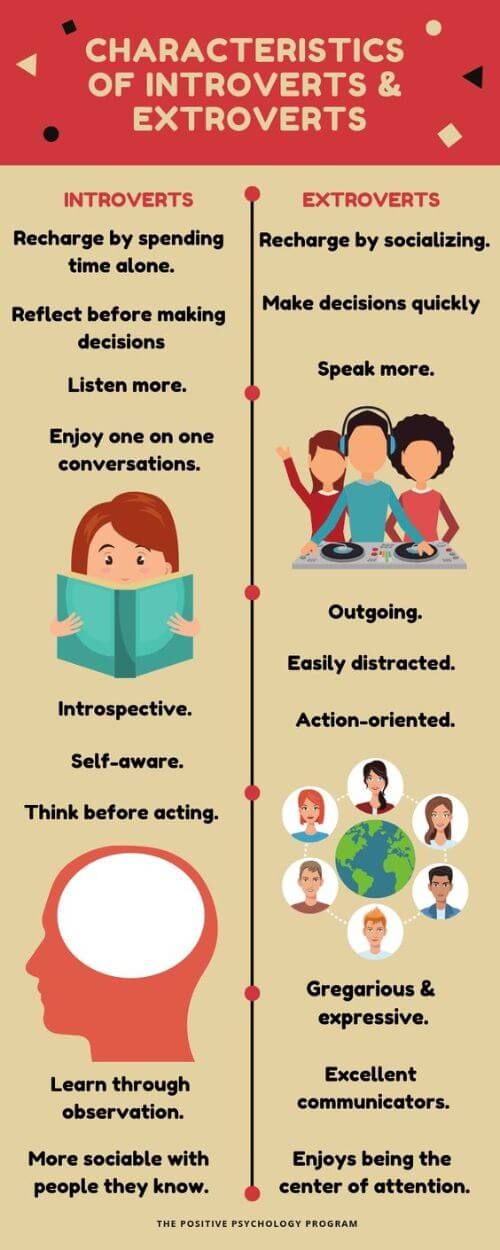 It's is the most flexible psychotype , which adapts perfectly to the situation and can take advantage of both introverts and extroverts.
It's is the most flexible psychotype , which adapts perfectly to the situation and can take advantage of both introverts and extroverts.
Type of temperament of the ambivert
The temperament of the ambivert in psychology depends on the values on the scale of neuroticism. If the indicator is high, such a person may show the features of a choleric or melancholic, if it is low, a sanguine or phlegmatic person. If the test showed average values, most likely, in front of you is a tetravert, that is, a person in whom all types of temperament are expressed approximately the same. Such a person is characterized by even greater flexibility. nine0019
We offer two temperament tests: the EPI test will show the levels of psychotism and neuroticism, and the Belov formula will show the percentage of all types of temperament in your personality.
Features of an ambivert
It is worth noting that even bright extroverts have a need for silence and solitude, and bright introverts also need communication. Against this background, the main feature of the ambivert is that it easily switches between two types of behavior
- much easier than introverts and extroverts. If for them to act in an unusual role for themselves means to spend more energy than usual, then for an ambivert it means to adapt to the situation and recharge from what is.
On the other hand, a characteristic feature of ambiverts is that they cannot always be at one of the poles of extraversion/introversion : they need to change roles in one way or another , recharged either from communication or from contemplation of pictures. And since the behavior of an ambivert is largely dictated by the environment, different people can know representatives of this psychotype from completely different angles. If you work together, it may seem to you that he is more of an extrovert, and if you watch TV shows together in the evenings, that he is more of an introvert. nine0019
nine0019
Characteristics and signs of an ambivert
Features of communication
Certain features of communication are manifested in ambiverts depending on the situation: with whom and how they communicate. Representatives of this type are not as intrusive and assertive as extroverts, and also do not treat social contacts so superficially. Like introverts, ambiverts listen to the feelings and emotions of others , try not to offend them (even by accident), not to embarrass them. nine0019
All this, combined with a greater predisposition to communication, makes representatives of this type very pleasant conversationalists and quite reliable friends .
In their work, this helps them to be successful where communication is required. Sometimes ambiverts are even more successful in this regard than extroverts, because they strive not only to speak, but also to listen, to feel the interlocutor. Often ambiverts have a wider social circle than introverts, at the same time they set more intimate contacts than extroverts, which automatically limits the number of really close friends.
Ambiverts are able to work productively both independently and in a team . However, in large companies, they are unlikely to want to take a leading position and may be more listening than talking. In communication with introverts, on the contrary, there may be those who more or less gently push them to communicate or go out. In such companies, ambiverts become active themselves. nine0019
Personal qualities
Among the characteristics of an ambivert, it is worth noting that can do monotonous work , although not for as long as introverts. However, they are easier to climb , more willing to take risks. Like extroverts, it is easier for ambiverts to move up the career ladder, as they communicate more often with clients and their management, speak at various events,
maintain contacts, can win over themselves - in a word, they are more noticeable. nine0019
At the same time, like introverts, when planning future actions or solving problems, ambiverts try to think over and analyze all aspects of in order to make an informed decision.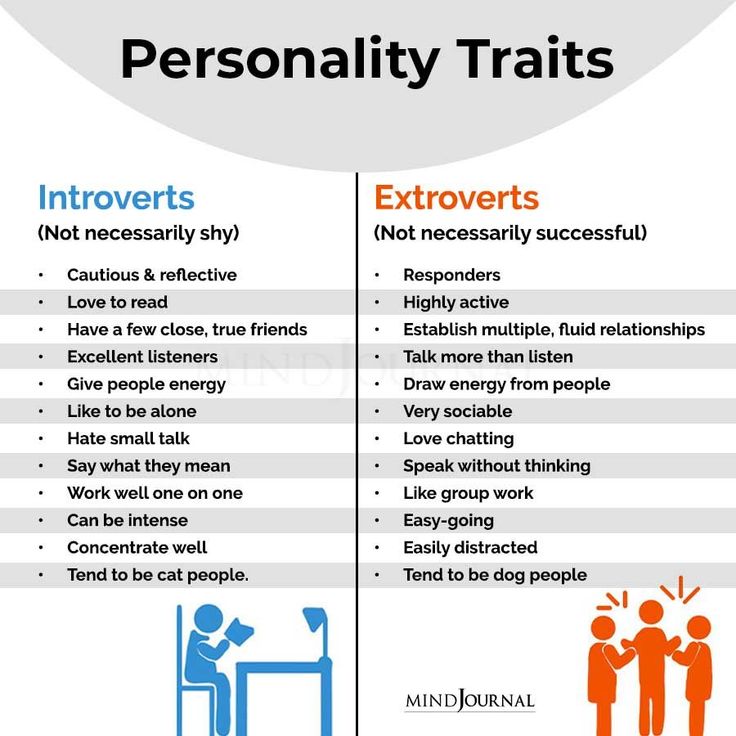 Flexibility and adaptability helps them find ways out even from difficult situations. Many representatives of this type are not afraid of difficulties and do not succumb to failures and problems. Ambiverts are more laid back and generally don't show the same outbursts or even outbursts of emotion as extroverts.
Flexibility and adaptability helps them find ways out even from difficult situations. Many representatives of this type are not afraid of difficulties and do not succumb to failures and problems. Ambiverts are more laid back and generally don't show the same outbursts or even outbursts of emotion as extroverts.
As you can see, this psychotype is really very flexible and combines the advantages of introverts and extroverts. Therefore, for an ambivert, the most important thing is to timely use different aspects of his personality type . For some, this is obtained on a subconscious level, while others should work additionally in this direction. At the same time, natural flexibility will make such work very effective.
Gifts for our readers
In gratitude to those who read the article to the end, we give gifts from our partners: discounts on books, movies, online and offline courses, gifts and more! And for lovers of tasty things - discounts on tea / coffee, sweets and pizza ;)) And of course, discounts on the help of a psychologist
Get a gift
Types of characters Extraversion / introversion
Extrovert? Introvert? Ambivert! | PSYCHOLOGIES
450,193
Know Yourself A Man Among People
Most psychological tests for introversion and extraversion do not so much help us understand ourselves as offer us to take one of two sides. Even if, when answering questions, we constantly fluctuated from one side to the other, as a result we will still be ranked either one or the other. nine0019
Even if, when answering questions, we constantly fluctuated from one side to the other, as a result we will still be ranked either one or the other. nine0019
If we were classified as the first, it is clear that we are lovers of fun, outdoor activities, risk and a quick change of activity. If the latter, we simply have to be careful, self-sufficient and hardworking silent people.
But what if our sense of self does not fit into any of these stereotypical images?
In this case, we can rather be classified as ambiverts (from the Latin ambi - "on both sides") - people in whom, to one degree or another, features of both types are present. Or rather, which can manifest themselves differently depending on the situation and environment. nine0019
Are you an introvert or an extrovert? Take our test!
The Middle Way
What makes it possible for us to call one person an extrovert and another an introvert? Psychologist Marty Laney believes that the main difference is in the way we replenish energy.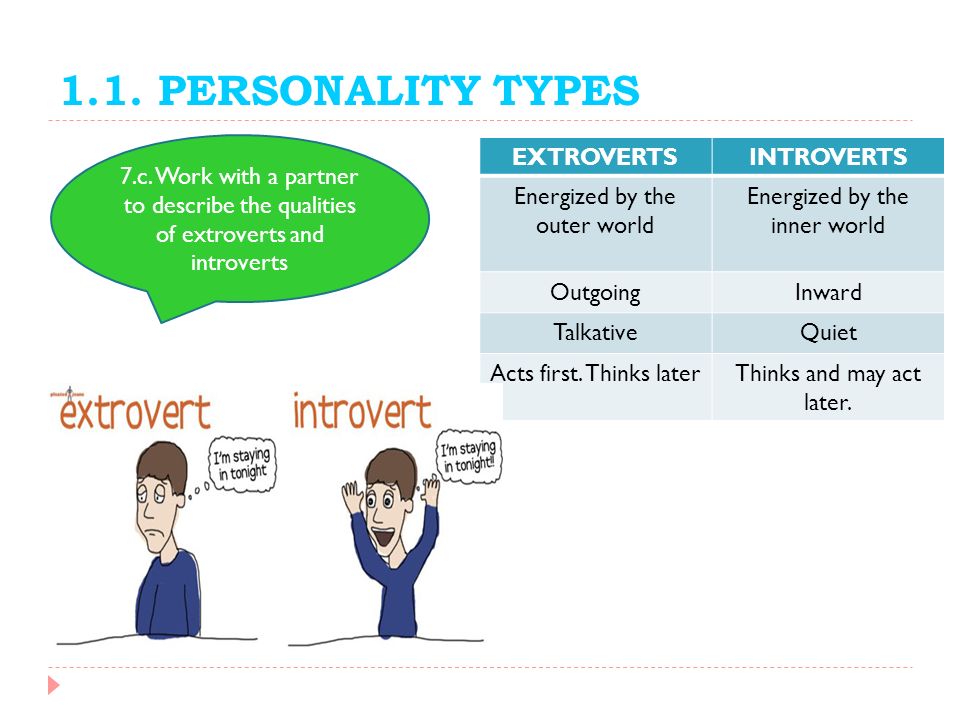 Extroverts are fueled by socializing with other people and new experiences, while introverts need peace, quiet, and solitude to recover. But in fact, this division is very conditional, and many of us, to one degree or another, need both. nine0019
Extroverts are fueled by socializing with other people and new experiences, while introverts need peace, quiet, and solitude to recover. But in fact, this division is very conditional, and many of us, to one degree or another, need both. nine0019
In The Introvert Advantage, Laney suggests talking about extroversion and introversion as two ends of a single energy continuum. If we compare it to a color temperature scale, where extreme introversion corresponds to blue, and extraversion to red, somewhere in the middle, among the shades of yellow and green, are those who can be called ambiverts.
Carl Gustav Jung himself, the author of the terms "extrovert" and "introvert", meant an intermediate position between them
A person who belongs to this position “is influenced both from the outside and from the inside. It forms part of a large middle group, on one side of which are placed those whose motivations are determined mainly by an external object, and on the other those whose motivations are formed from within.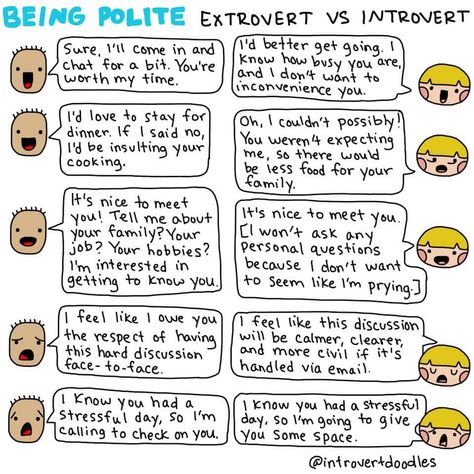 In addition, Jung believed that extreme attitudes are somewhat smoothed out as we adapt to the demands of society.
In addition, Jung believed that extreme attitudes are somewhat smoothed out as we adapt to the demands of society.
Ideal Salespeople
The rhythm of the modern world favors extroverts. At least we used to think so. Books on motivation and success stories most often cite the fate of open, daring and charismatic leaders like Steve Jobs, the founder of Apple. However, expansive behavior does not always play into the hands of such people. nine0019
Psychologist Daniel Pink, in his latest book, "Selling Comes Natural to Us," provides data from a survey of European and American buyers. Among the most annoying traits in the behavior of sellers, most of them called excessive persistence, annoying and assertiveness.
Psychologist Adam Grant, a professor at the University of Pennsylvania, found that highly extroverts (as well as their opposites) in sales, on average, show an average level of achievement. nine0019
Grant tested salespeople at a software company by scoring them on an extraversion-introversion scale (from 1 to 7, where 1 is strong introverts and 7 is strong extroverts), and then tracked their progress over a period of 3 months.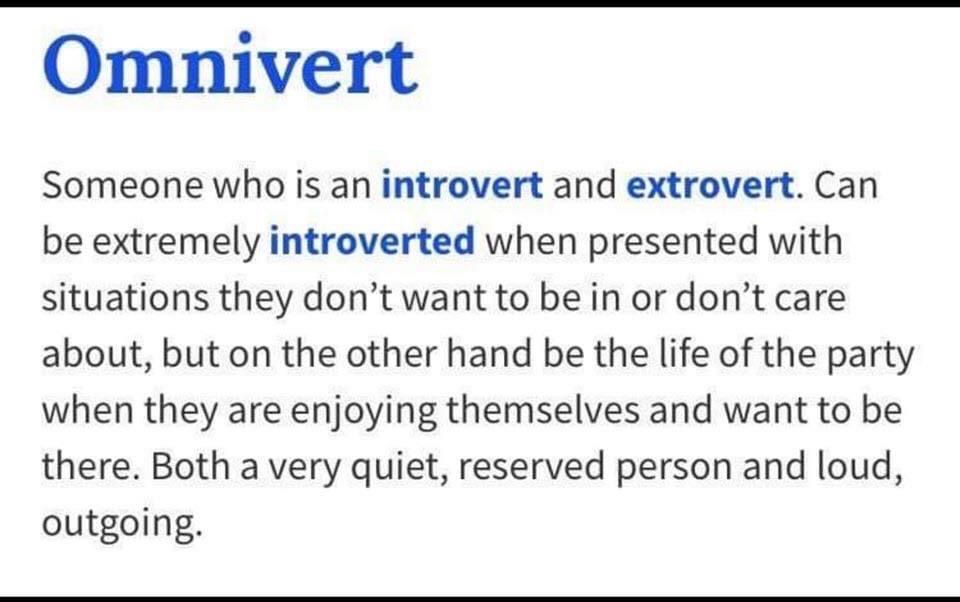
Introverts fared worse than others, earning an average of $120 an hour. Those who scored between 3 and 5 on the test performed best, earning $155 an hour. nine0019
According to Grant, the key to their success is "the ability to access different behavioral models" to find a balance between the desire to sell a product and the desire to help the buyer make his own choice.
This description is very close to "attunement" which Daniel Pink described as "the ability to relate your actions and plans to other people and to the context in which you find yourself." Pink believes that it is attunement that allows us to effectively communicate our ideas to others and - ultimately - convince them to believe in us. nine0019
The Art of Balance
So, it seems that ambiverts are in demand where flexibility and the ability to find an approach to people are needed. Their key characteristic is the desire to find a balance between stimulation from within and from without.
The main thing for them is not the quantity, but the quality of social ties. And this is precisely their strongest point.
“It seems to me that we care too much about how to draw more people into our“ networks ”, says psychologist Susan Cain. “But even a relatively small network of strong contacts can sometimes be more useful than the largest file cabinet.” nine0019
The main thing for ambiverts, in her opinion, is to realize the limit of their capabilities and not try to ignore their need to recharge
Kane continues. “Ambiversion is a great gift. It's important to know what pace of functioning works best for you, and to structure your life as an alternation between periods of activity and recovery in a calm environment. nine0019
When dealing with other people, one should not be afraid to set boundaries. You can say, for example: "I need to concentrate and be alone right now, but I'd love to see you for breakfast and continue the conversation.





